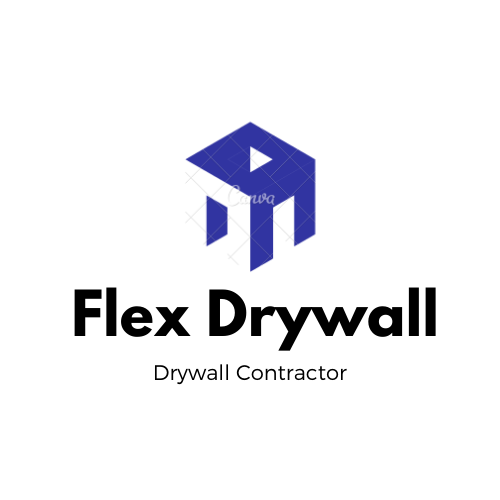FENESTRATION is a fancy term for the arrangement of windows on the exterior of a house. Here is an interesting article in the book called “The Good Home” by “Dennis Wedlick”, little spinet from the book for our readers
A good house doesn’t just have windows: It is fenestrated. That is to say. Its surfaces are cut carefully-with design and purpose not only in order to let light in but also to adorn the exterior. There are many shapes and forms of fenestration but most of them naturally fall into one of three categories. The fenestration of a Modern house that has walls made almost entirely of custom glass windows is referred to as a curtain, as in a “curtain wall”. It’s a bit like the mosquito netting that’s draped around canopy beds in the tropics-a separating structure. But a very light one. A second type of fenestration consists of regularly shaped windows like the ones you would find in most traditional houses-double-hung windows, casement windows and the like. These windows are commonly found in any house-supply store, ready-made in a variety of sizes. The third type of fenestration is referred to as a punch, as in a ”punch window.” These windows are also usually custom-made and they come in unusual shapes. If they’re found, they give the impression that a halo puncher was used on the outside wall of the house. They may also be ordinary rectangles. What makes them “punch windows” is that they barely break the surface. Their compositional purpose is to call attention to the solidity of the wall by adding a perfect little hole. A blank wall can be deadly, But one with a limited amount of fenestration can be serene, and a nice relief from the busyness of highly transparent walls.
I enjoy adding windows in groupings; ganging the windows together and making them project from the wall as in the fashion of the “bay window.” But instead of an ordinary bay, I prefer more unusual forms; prow-like windows are a bit more modern and dynamic. Another way to gang windows and make a composition with them is to form a kind of box with them: The windows are drawn tightly together and projected just a few inches beyond the wall. At the corner of a house, such boxed windows can form a striking block of color against the textures and colors of the roof and siding.
Ganging windows generates interesting forms and gives the interior the benefit of a sense of transparency; in addition, it turns normally mundane items into elements of the picturesque. Standard double-hung windows, when ganged together, are simply beautiful. A pair of 2- by 4-foot windows forms a poetic square with an attractive crossbar. A series of short double-hung windows along the exterior creates a ribbon. I like turning the corner of the house with these ribbons of glass or contrasting them with tall. Skinny windows placed at the opposite end of the house.
A good house gains much of its expressiveness through its SURFACES AND SHADOWS. By carving away or cutting into the house’s architectural forms, particularly its roof or walls, you can create deep shadows that make the composition dynamic. For obvious reasons, heavy shadows dramatize a house’s appearance. Perhaps more surprisingly, thin shadows-like those cast by shingles, clapboards, and trim-also enrich a house’s feeling.
I like cedar shingles for many exteriors because they create soft horizontal lines where one row of shingles overlaps another. The shingles themselves possess texture that subtly affects the feeling of the exterior. Board-and-batten siding is also interesting; it casts strong shadow lines that can add a dramatic and appealing verticality to surfaces.
When planning a house, think twice before using imitation materials for your exterior elements. Whereas wood clapboards, cedar shingles, painted pine, and stone look handsome and feel good to the touch, a springy wall of vinyl cladding is unsatisfying to lean your hand against. And because of its inauthentic, molded contours, it’s never quite right visually. Discerning eyes cannot help but measure the discrepancy between a natural material and a “low-maintenance” artificial product.

